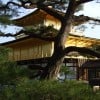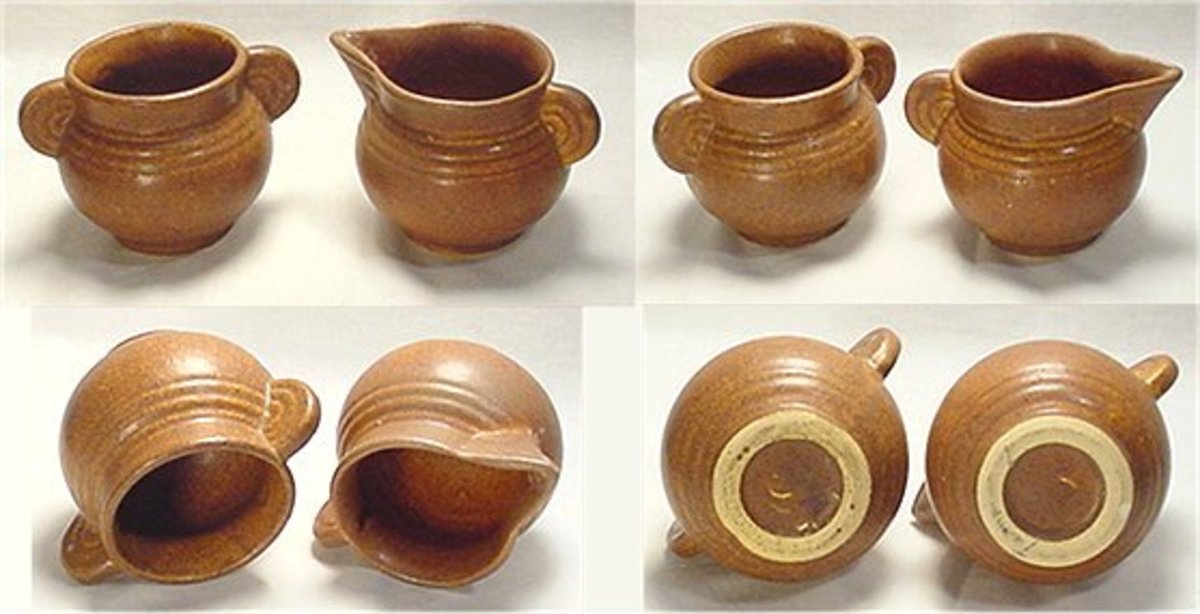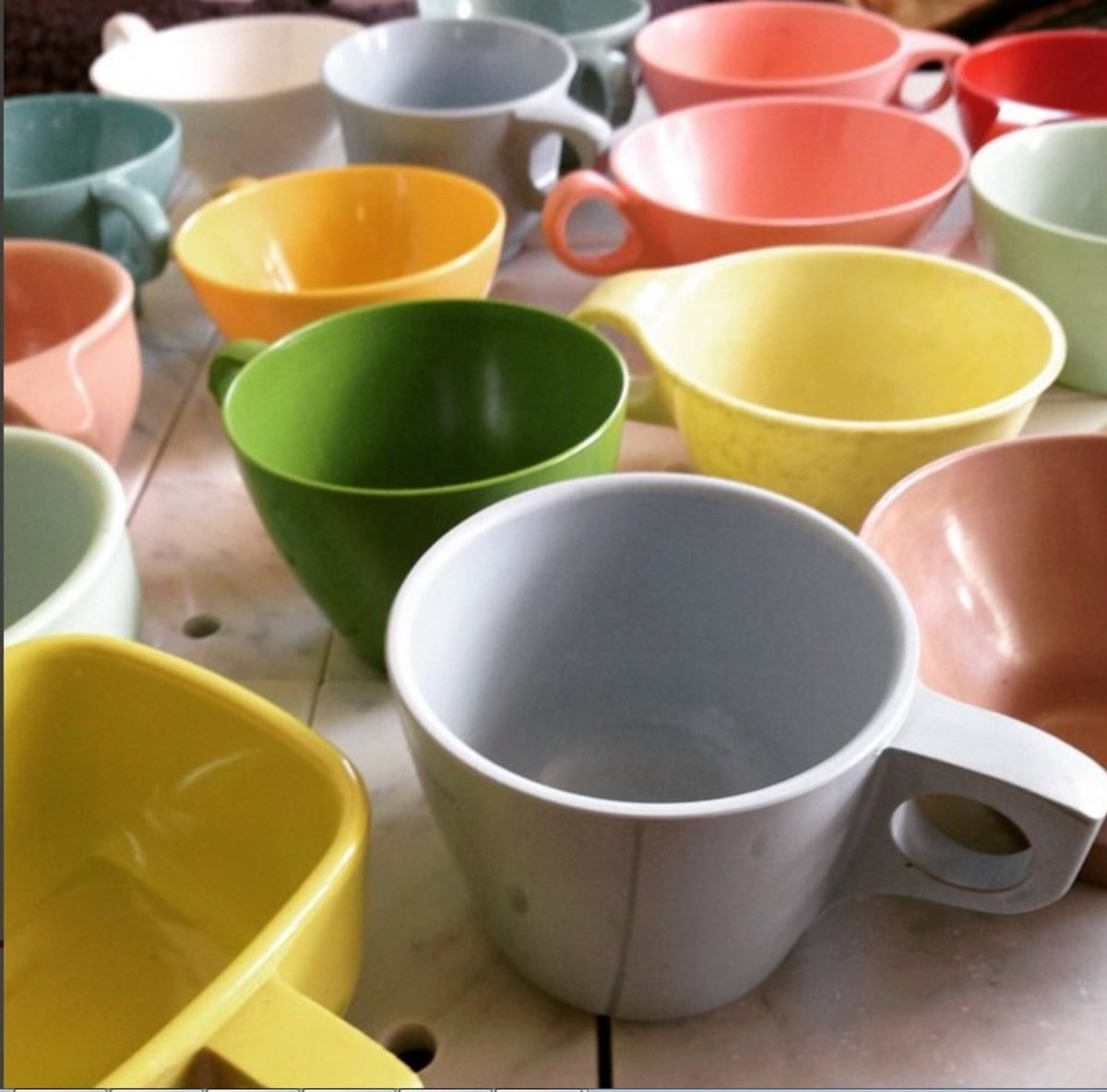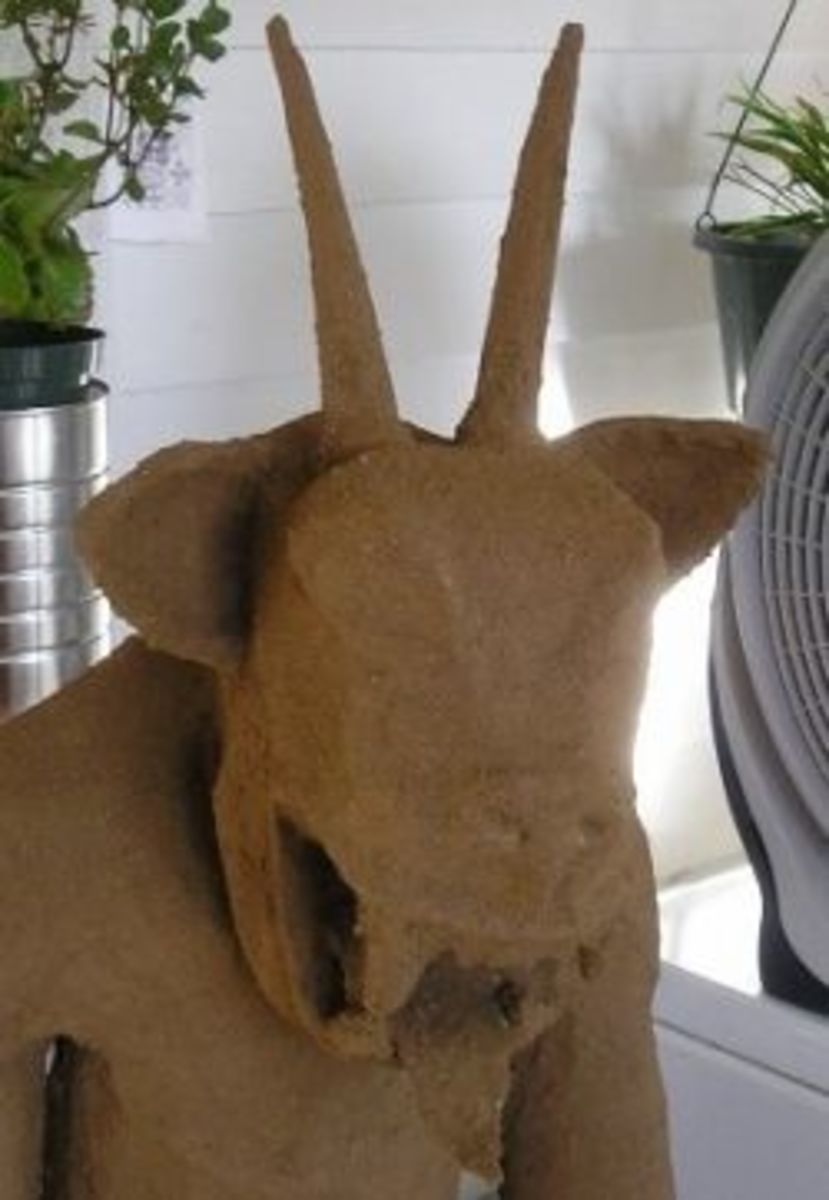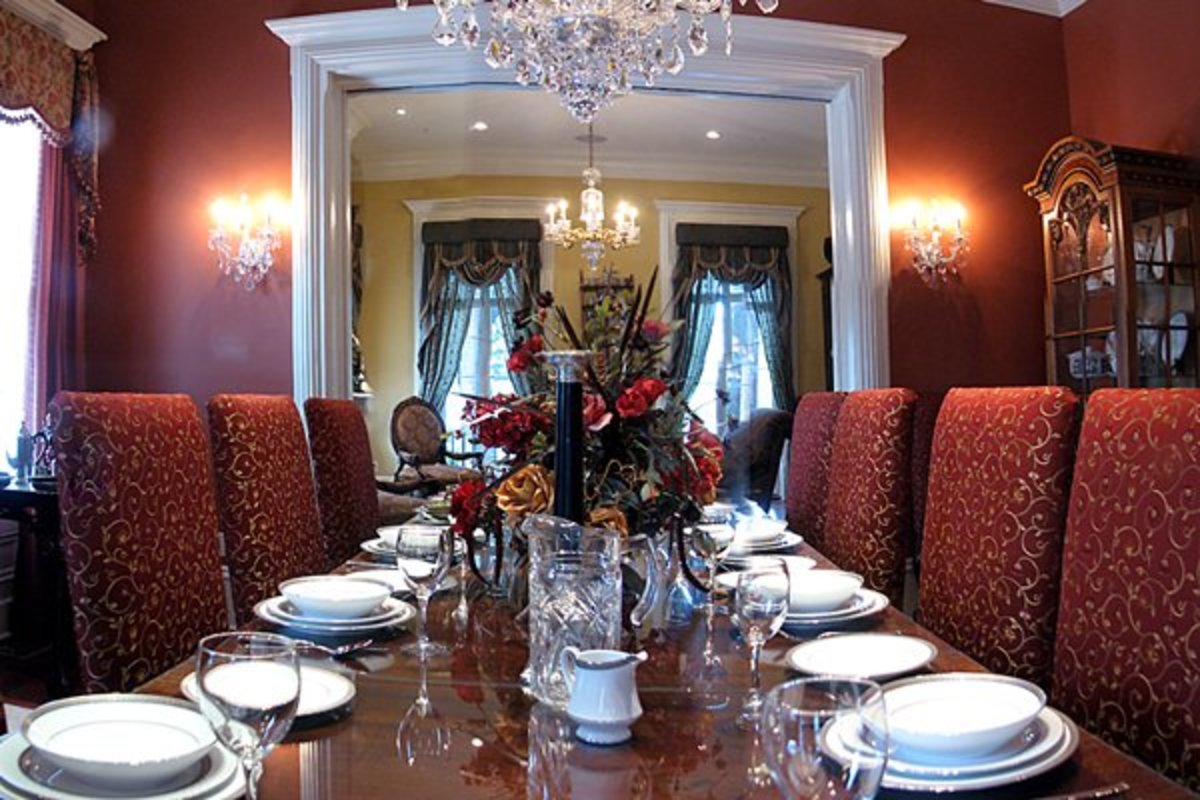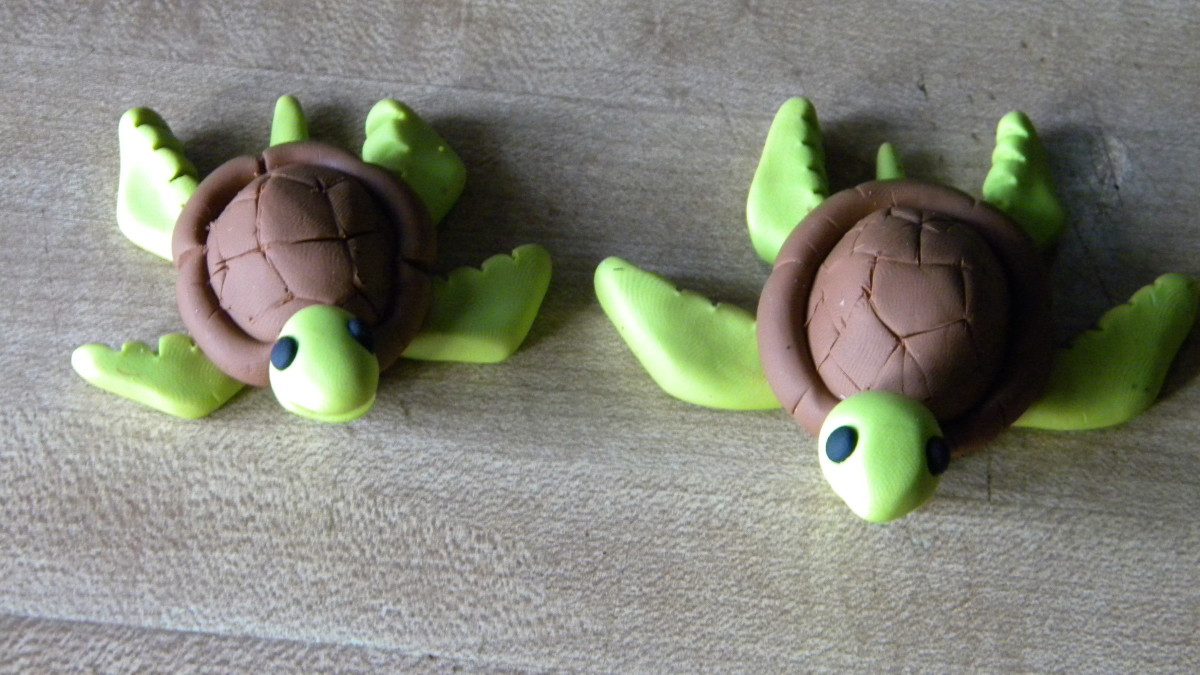Dinnerware: Things to consider before you buy
When choosing dinnerware, you will want to consider the pattern (which of course, is down to personal taste), and the materials. Be careful to also check if your dinnerware is dishwasher or microwave safe. There is no general rule for this so be sure to find out when you are making your purchase. There are, however some general characteristics of the materials used in dinnerware that can be explained. Here are some of the more popular kinds.
The more expensive materials include porcelain, under which ategory falls fine bone china. If you are interested in antique dinnerware, then Early American Pattern Glass (EAPG) may also interest you. The cheaper materials are, amongst others, stoneware, earthenware and glass.
Porcelain Dinnerware
Porcelain dinnerware is generally the most desirable due to its strength, bright-white appearance and translucency.
Porcelain is made by applying heat to a raw material, which usually includes clay. Porcelain is strong due to the glass and the mineral mullite which is formed by the high temperatures of the kiln. It’s toughness and resistance to electricity make it ideal for dental use – for false teeth, for example.
Porcelain is usually categorized into hard-paste, soft-paste and bone china.
Hard-Paste Porcelain Dinnerware
Hard-paste porcelain is very strong, translucent and very bright white. It is practically impermeable to water, meaning it is unnecessary to glaze the body. Famous makers of hard paste porcelain include Lladro, Hummel, and Royal Worcester.
Soft-Paste Porcelain
Soft-paste porcelain is so named because of its inability to hold its shape during the firing process. It is fired at a lower temperature than other forms of porcelain, which historically allowed a wider range of colors to be used. It is softer and more granular than hard-paste porcelain.
Bone China
Bone china is extremely hard (even tougher than hard-paste porcelain) and very bright. The formula was perfected and finalized by the Englishman Josiah Spode around the turn of the 18th century, to compete with imported Chinese wares. Bone china is now manufactured worldwide, while Spode bone china remains one of the most famous and desirable brands.
Early American Pattern Glassware
EAPG is for those interested in antiques only. It was produced between 1850 and 1910, with the bulk of it produced in the 1880s. The dinnerware was designed and manufactured for everyday use, with popular patterns often ‘inspiring’ similar designs from competing firms. For more information, visit the website of the Early American Pattern Glass Society at www.eapgs.org.
Stoneware Dinnerware
Stoneware is less white and more opaque than porcelain. Stoneware is, as its name suggests, basically man-made stone. It is usually grey or brown, with its texture and colors affected by impurities in the clay. It is very tough and impermeable even without glazing. In 19th Century America, stoneware was used for storing and serving almost everything, for example: water, soda, and alcohol, meat, grain, pickles and jelly. There is a good list of firms producing stoneware on the Wikipedia stoneware page at http://en.wikipedia.org/wiki/American_Stoneware. 19th Century American stoneware remains highly collectable.
Earthenware Dinnerware
Earthenware, by contrast, is not impervious to liquids. Also, when wet, Earthenware, is typically not freeze resistant. It must be glazed to become waterproof and when used for thinner items of dinnerware, is easily chipped as it does not have the strength of bone china or stoneware. It usually comes at a lower cost, however, which of course also has to be factored into your decision. Reddish earthenware is the most widely recognisable, but it is also available in white.
Melamine Dinnerware
Melamine dinnerware was very popular in the 1950s and 1960s. While it is a highly durable plastic in that it is difficult to break and can often withstand extreme temperatures, it does scratch and stain relatively easily. Often melamine products are not microwave safe, but some are so be sure to check. Melamine is particularly useful for camping and also often used for kids.
Choosing a Dinnerware Set
To conclude, the materials used in dinnerware affect its appearance, longevity and range of uses. For everyday dinnerware it can seem that the choice is less important, but one has to keep in mind that the wear and tear suffered by everyday dinnerware is much greater than experienced by the wares we reserve for special occasions. Take the time to find out as much as you can, and you will have less chance of regret later on.
